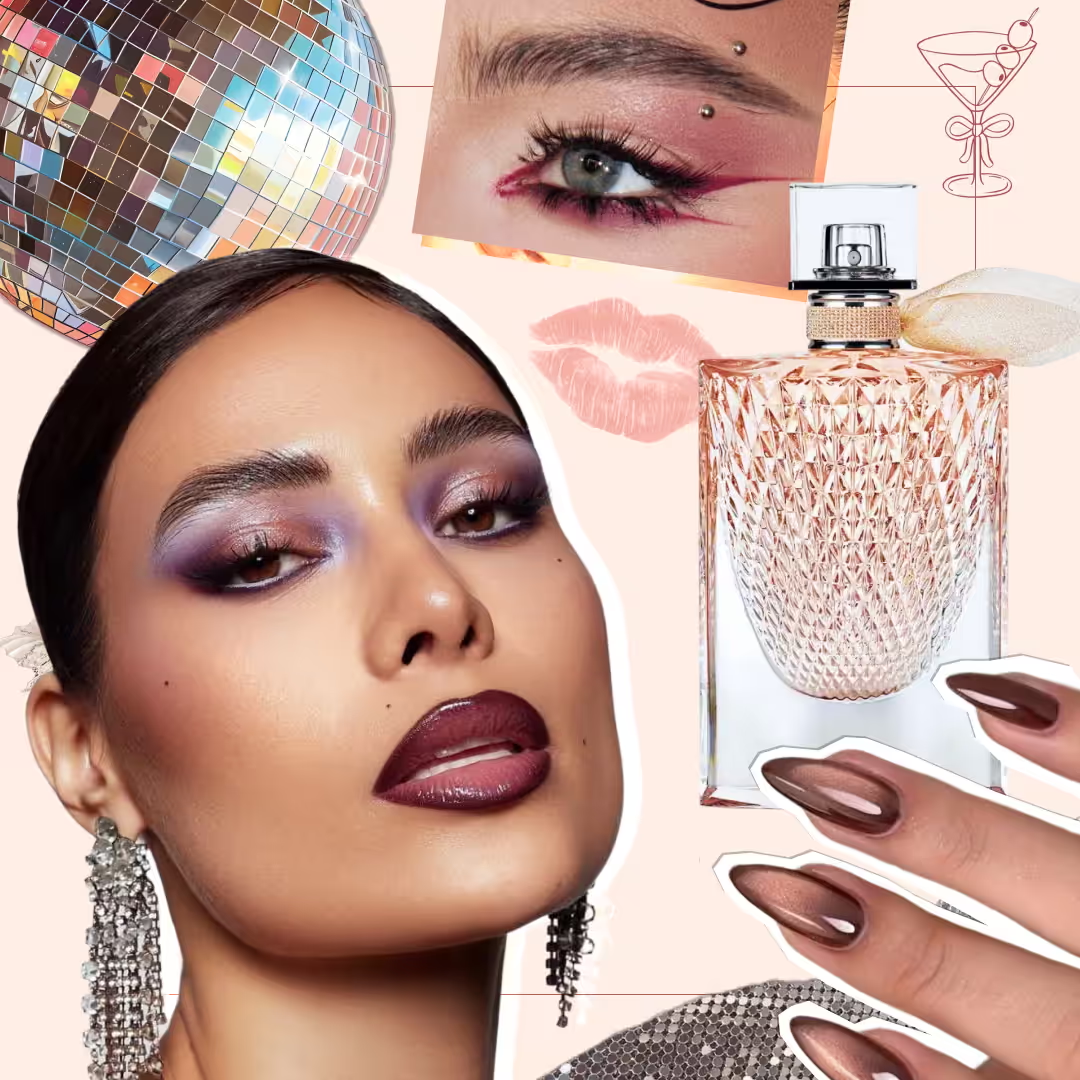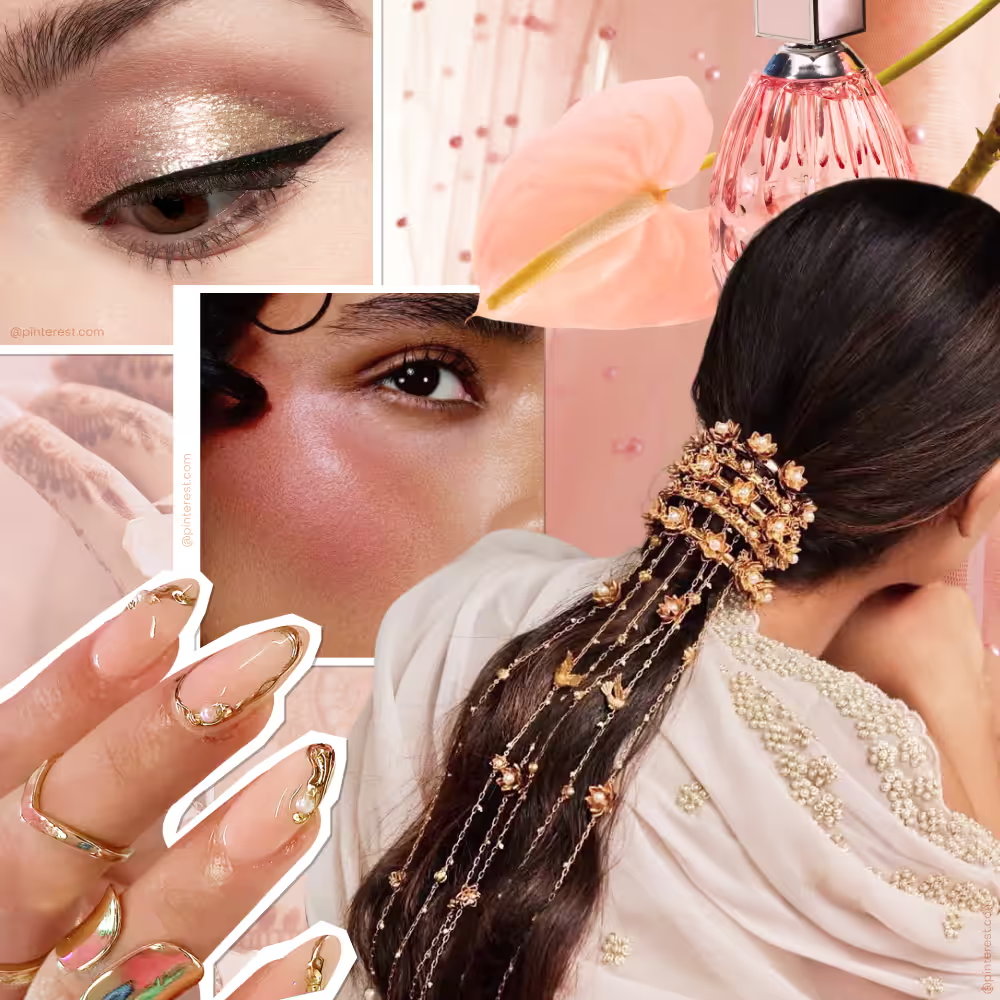
Homegrown beauty brands have seen an incredible rise in popularity over the last few years. Backed by quality ingredients and consciously devised formulations for diverse Indian skin types and tones, these brands make a strong case for representation and the idea of creating formulations to target relevant concerns for a familiar market. We spoke to the creators behind the trendiest homegrown brands about the challenges and inspirations behind creating colour cosmetics for the modern Indian beauty consumer, and here’s what they had to say.
The rise of homegrown beauty
The beauty boom has hardly left any gaps in the market. From bee venom lip masks to LED light therapy, the beauty industry now caters to every niche requirement. So how does a homegrown label innovate the space further?

For celebrated makeup artist and founder of Simply Nam, Namrata Soni, the inspiration to create came from her years of industry experience. “As a makeup artist in the industry for over 20 years, I’ve worked with thousands of clients. I figured out what works for them, what they need, and, more importantly, what’s missing in the market. This helped me curate products for all different types of skin tones,” she reveals. A stern believer in providing a comfortable and wearable makeup range, Soni’s focus is clear. “When it comes to our formulations, we must keep our climate in mind. We live in a country with extreme heat, cold, and everything in between! The emphasis is on creating long-lasting and hydrating formulations which offer full coverage and are super pigmented.” Her understanding of the beauty consumer also works in her favour. “Many Indians have darker lips and pigmentation on their skin, and as a brand, we keep that in mind when creating our formulations,” she elaborates.
Another sentiment that homegrown brands target is the conscious consumption habits of Indian households. “We wanted to create products with high quality that were purely made in India and could offer global standards of makeup to the Indian consumer,” reveals Sukriti Jindal Khaitan, co-founder of asa Beauty. “We recognised this gap in the Indian market; and wanted Indian women not to have to choose between protecting the environment and luxurious beauty,” she continues.
For somebody like Masaba Gupta, founder of LoveChild Masaba, the business of beauty is personal. “Being a woman of colour and belonging to two different ethnicities, it was challenging for me to find cosmetics that would suit my skin colour and type,” she says. “Also, dealing with acne and sensitive skin for over fifteen years, I grew up loving all my mum’s makeup but disliking what it did to my skin. This is where LoveChild fits in; to overcome these consumer need-gaps.”
Creating for Indian skin
Clearly, there are multiple gaps in the Indian beauty market specifically that brands are coming in to fill. But is creating for Indian skin a challenge in the first place?
“If you’re looking in from the outside, formulating for the Indian skin type and skin tone can come across as a behemoth task,” confesses Vasundhara Patni, founder, Kiro Beauty. “However, as a beauty brand, this diversity brings an opportunity for us. Most of our products are formulated in Europe, and extensive market research and formulation testing goes on before we lock in on what goes into production,” she continues.
The result of conscious and continuous efforts shows in the innovation these brands are bringing to the table. Karishma Kewalramani, founder & CEO of FAE Beauty, weighs in. “Developing shades that work for diverse Indian skin tones and types requires a significant amount of R&D, beta testing, and a deep length and breadth when it comes to product portfolio - all of which can be significant investments, especially for a beauty start-up.” And like FAE, brands must invest considerable time and effort into researching the colours and formulations that work for Indian skin and their spectrum of undertones. This is because current market data is skewed towards customers with lighter skin tones, isn't as refined or even easily accessible. “This means our R&D process takes more time and money to crack - an investment that we believe has a strong business case in the long run as consumers across the country continue looking for products that work effectively with their skin tone and type,” elaborates Kewalramani.
asa Beauty, the proud makers of the one of most popular lip and cheek tints in the market right now, have found a simple solution to the lack of research available. “We were inspired by the concept of minimal consumption with maximum indulgence. It is very easy to launch new shades every season to grab consumers' attention. However, we wanted to create timeless shades that work well every day or every season and can seamlessly be a part of one’s daily routine,” explains Khaitan. “There were a lot of challenges we faced along the way, like identifying shades that work for skin tones as diverse in a country like India and all skin types.”
So how do you ensure covering all bases with diverse skin tones? “That's the point!” reveals Gupta. “LoveChild doesn't differentiate but makes it a point to get them all together. The idea is to build shades that complement every Indian skin tone.”
Beyond cosmetics
Indian representation in beauty needs to go beyond aesthetics. Patni confesses to being one of the many to initiate this conversation with her brand. “Kiro’s shades are more than just products in bottles and tubes. They are an open dialogue with the Indian makeup consumer, letting them know that it is absolutely okay to use makeup every day should they want and choose to,” she shares.
For Soni, the driving force lies in the responsibility of creating and marketing beauty products to Indian consumers. “We sample multiple rounds with key ingredients and colours that will work and complement the Indian weather and skin tones. We always focus on launching products that are missing in the market, products which are essential for the modern Indian consumer,” she explains. “It’s not all about what is popular and following trends. There is a responsibility that comes with crafting products that will be beneficial. There can never be one colour that suits all; as a brand, we have to keep that in mind while formulating colours.”
Kewalramani seconds the idea of not getting wrapped up in quantity over quality. “At FAE, our R&D process always starts with evaluating the current beauty landscape to identify gaps and develop formulations that will address them at a pocket-friendly price point. We believe in always questioning the status quo - and rethinking product formulations and packaging based on consumer behaviour to bring to market truly innovative products,” she says. “One of our goals is to always listen to our customers and bring to them the products that they’ve always wished existed.”
Emboldened by solid research and strapped with a sense of responsibility, hometown beauty brands are offering a safe space for the Indian consumer to experiment with beauty in a whole new way. We’re in good hands and anticipating what’s next is as exciting as the promise of accessible and quality beauty products without breaking the bank.







.PNG)




















